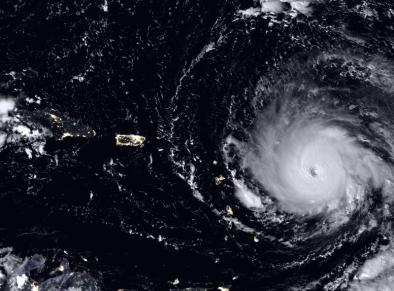Science Source
How will precipitation change in extratropical cyclones as the planet warms? Insights from a large initial condition climate model ensemble
- Investigates the extratropical precipitation response to global warming within a 30-member initial condition climate model ensemble
- States that, as in observations, modeled cyclonic precipitation contributes a large fraction of extratropical precipitation, especially over the ocean and in the winter hemisphere
- When compared to present day, the ensemble projects increased cyclone-associated precipitation under twenty-first century business-as-usual greenhouse gas forcing
- While the cyclone-associated precipitation response is weaker in the near-future (2016–2035) than in the far-future (2081–2100), both future periods have similar patterns of response
- Finds that although cyclone frequency changes are important regionally, most of the increased cyclone-associated precipitation results from increased within-cyclone precipitation
- Finds that cyclone-centric composites show statistically significant precipitation increases in all cyclone sectors
- Decomposition into thermodynamic (mean cyclone water vapor path) and dynamic (mean cyclone wind speed) contributions shows that thermodynamics explains 92 and 95% of the near-future and far-future within-cyclone precipitation increases respectively
- Finds the influence of dynamics on future cyclonic precipitation changes is negligible and that the forced response exceeds internal variability in both future time periods
- Results suggest that future cyclonic precipitation changes will result primarily from increased moisture availability in a warmer world, with secondary contributions from changes in cyclone frequency and cyclone dynamics
Related Content
Science Source
| Geophysical Research Letters
Increasing Magnitude of Hurricane Rapid Intensification in the Central and Eastern Tropical Atlantic
Karthik Balaguru, Gregory R. Foltz, L. Ruby Leung
Headline

Apr 19, 2018 | Miami Herald
NASA team finds massive Everglades mangrove damage from Irma. Can it recover?
Headline

Mar 22, 2018 | Reuters
Last three years hottest on record, severe weather hits 2018: U.N.
Headline

Jan 23, 2018 | Nature
Atlantic hurricanes' rapid growth spurts are intensifying


